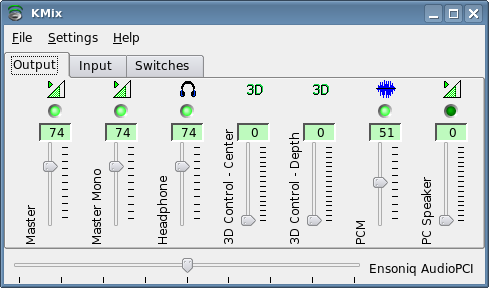

To play a record, you place it on a record player, which has a rotating base and a long, thin tonearm. These grooves act as a “fingerprint” for the sound waves from the original artist recording. Vinyl records (also called lacquer discs) are pressed with grooved indentations (which may be where the expression “groovy!” comes from). The way vinyl records are able to play sound through a record player is an interesting process.

Now that we’ve gone over the history of vinyl records and their boomeranging popularity, let’s take a look at how they play music, how they’re made in the first place, and the science behind the materials involved… How Records Play Music Vinyl sales have steadily climbed, with a 46% growth in sales just from 2019 to 2020! This surge in demand has led to serious bottlenecks at record pressing plants around the world - some have up to 8 months of waiting time to get orders pressed and shipped! Since the advent of Record Store Day in 2008, there has been a rising affinity for vinyl records over other mediums. Back in the Spotlight: A Vinyl Resurgence The introduction of CDs, digital downloads, and streaming services continued this trend.
#Converting 33 rpm records to cds portable#
Today, recording artists still denote their releases as long plays and extended plays (LPs and EPs) - whether or not the music is available in a physical format!īy the 1970s, the introduction of compact cassette tapes (the only portable way to listen to music at the time) and eight-track tape cartridges caused vinyl to take a back seat. RCA responded with a smaller record, at 7 inches, that plays a single song on each side at 45 rpm, called the “extended play”. A rival company, Columbia, followed suit in 1948, releasing the 12-inch “long play” 33⅓ rpm microgroove record. This meant that the records could play a longer duration of sound. Instead of 78 rpm, the playback speed for this modern record was 33⅓ rpm, and the record itself was 12 inches in diameter. “Modern” Vinylīy 1930, the company RCA Victor launched the first commercially available vinyl long-playing record. They were made from a shellac resin that feels a bit heavier and more brittle than modern vinyl records.ĭuring World War II, shellac was hard to come by, so some 78s started to be pressed using vinyl materials instead. Improving on the quality of wax cylinders, these discs could store 3–5 minutes of sound per side. The flat disc records popularized by Berliner play at a speed of about 78 revolutions per minute (rpm), which is why they are called “78s” by most collectors. With this new process, 120–150 cylinders could be made at once.

These cylinders were sometimes called “gold-molded” cylinders, because the gold electrodes used in the production process would give off a golden vapor. They were made from molds rather than individually engraved by a stylus, and used a harder type of wax. In 1901, duplicate wax cylinders started to be mass produced. However, the early wax cylinders used in phonographs could only store a two-minute recording of sound, and were costly and inefficient to produce. Image in the public domain via Wikimedia Commons.īy 1892, phonographs and gramophones were being marketed to the public, with the former positioned as “ entertainment offerings on brown wax“. In 1887, German-American inventor Emile Berliner developed lateral-cut flat discs to be played on the gramophone, similar in use and appearance to the vinyl records we know today.Įmile Berliner with an early gramophone and lateral-cut flat disc record. Instead of reading the sound from a wax cylinder like the phonograph, the gramophone operated via a hand-crank mechanism that turned a hard rubber disc on a flat plate. The Volta Laboratory, run by Alexander Graham Bell, made improvements to Edison’s designs during the 1880s, calling the enhanced device the gramophone. Image in the public domain via Wikimedia Commons. Thomas Edison and an early iteration of the phonograph. In a June 1878 issue of North American Review, Edison wrote that he envisioned the “reproduction of music” as a future use of the device, as well as dictation, education, and telling time (like a verbal clock). In the process, he invented the phonograph as a way to play back recorded sounds. In 1877, Thomas Edison was working on two of his most notable inventions, the telephone and telegraph. The History of Vinyl Records Cylinder Phonographs As it turns out, vinyl records have a history and scientific background that is as fascinating as their nostalgia-driven resurgence in popularity. Fast-forward to 2020, when vinyl record sales reached a record high, surpassing CD sales for the first time since 1986. In 2008, music stores around the world started celebrating “Record Store Day”. In the early 2000s, vinyl records were collecting dust - both in our attics and our collective consciousness.


 0 kommentar(er)
0 kommentar(er)
